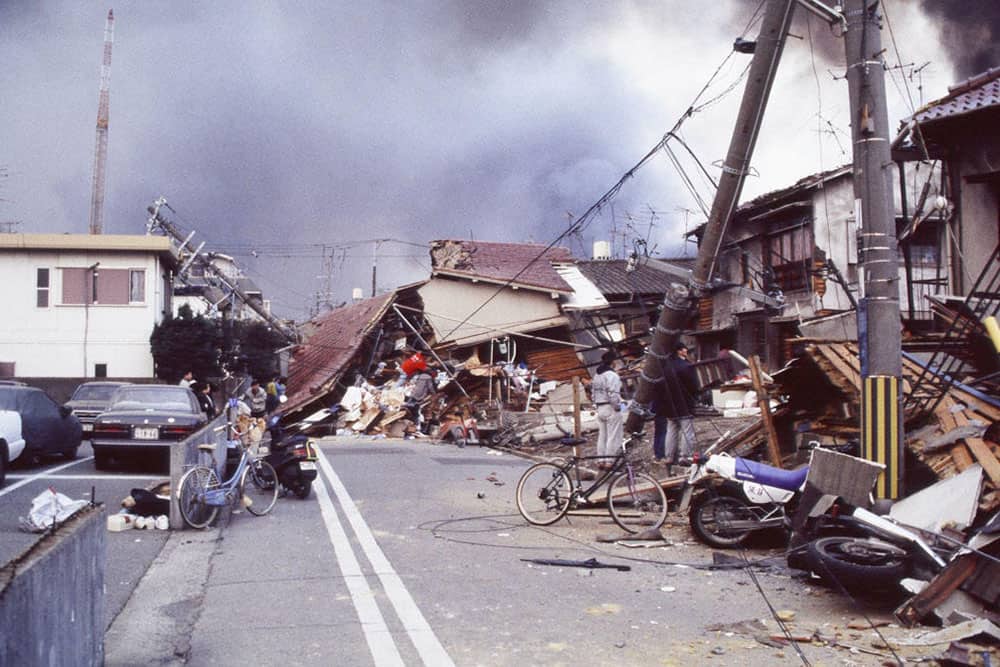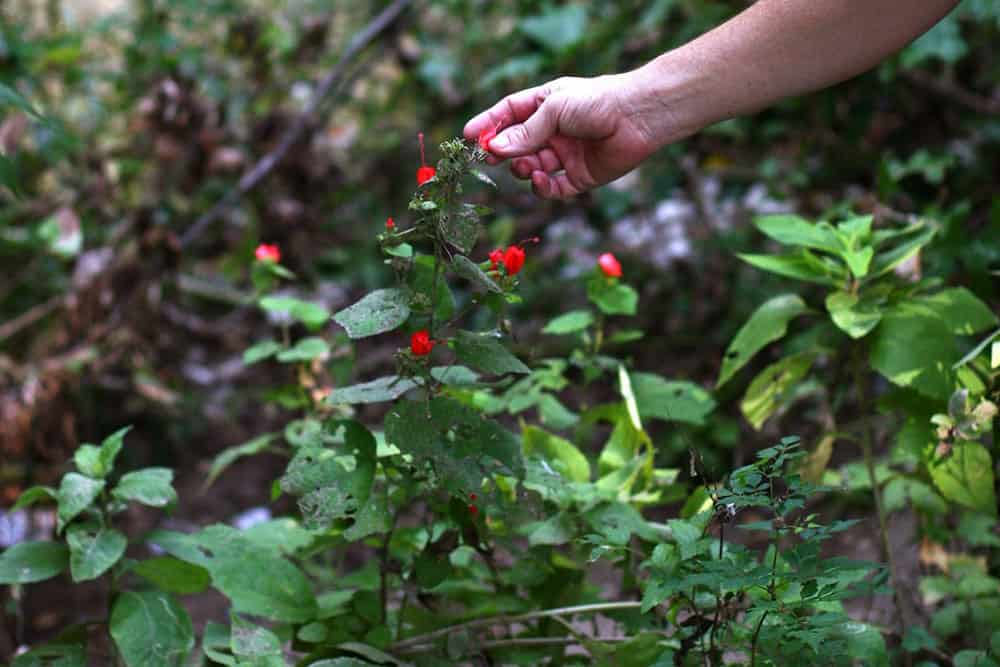When it comes to emergency preparedness, having a first aid kit is an essential part of being ready for any situation. Knowing the reasons why you need one and how to choose the right type can help ensure that you are always safe and secure in times of crisis. Whether it’s at home or on-the-go, understanding the importance of a first aid kit – as well as maintaining and updating it regularly – will be key when it comes to protecting yourself against potential injuries or illnesses.
Read on for 10 reasons why having a first aid kit is important!
Table of Contents:
- Why You Need a First Aid Kit
- Emergency Preparedness with a First Aid Kit
- The Importance of Knowing Basic First Aid Techniques
- Choosing the Right Type of First Aid Kit for Your Needs
- Maintaining and Updating Your First Aid Kit Regularly
- FAQs in Relation to Reasons to Have a First aid Kit
- Conclusion
Why You Need a First Aid Kit
It can help you provide immediate medical attention to yourself or someone else in the event of an injury, illness, or other medical emergency. A well-stocked first aid kit should include items such as bandages, gauze pads, antiseptic wipes and ointment, adhesive tape, scissors and tweezers, pain relievers like ibuprofen and acetaminophen, cold packs for injuries or insect bites/stings; antihistamines for allergies or reactions to insect stings/bites. Additionally it’s important to have a manual on basic first aid techniques so that you know how to properly use the supplies in your kit
When storing your first aid kit make sure it is easily accessible yet secure from children and pets who may be curious about its contents. You may want to consider keeping one at home as well as one in each vehicle if possible. If you are going camping or hiking with friends make sure everyone has their own personal first aid kits packed with them so that they can treat minor injuries quickly without having to search through multiple bags looking for supplies.
Benefits of Having a First Aid Kit: Having a fully stocked first aid kit allows you to respond quickly and appropriately when faced with an unexpected medical emergency situation whether it be at home or while out exploring nature with friends and family. Knowing what items are necessary ahead of time will ensure that you have everything needed when the time comes which could potentially save lives by providing prompt treatment before professional help arrives on scene.
The exact contents of your first aid kit will depend on where you live (elevation), climate conditions (hot vs cold) activities planned (hiking vs swimming). However, some common items found inside most kits include bandages in various sizes; adhesive tape; gauze pads; antiseptic wipes and ointment; scissors and tweezers; pain relievers like ibuprofen and acetaminophen; cold packs for injuries and insect bites/stings: antihistamines for allergies or reactions from insect stings/bites etc. Additionally, many people choose to add additional items such as snake bite kits if living near areas known for venomous snakes or sunscreen if planning outdoor activities during hot summer months etc.
When deciding where to best store your first aid kit, keep accessibility at the top of your priority list. However, safety measures must also be taken into consideration, especially if there are small children around who might get into the supplies without adult supervision present. Therefore, finding a secure storage area away from curious hands is key but still making sure it is easy enough to access during times of need is just as important. Some good places would include under a bathroom sink cabinet, bedroom closet shelf, kitchen pantry cupboard or car glove box compartment.
Having a first aid kit is essential for any outdoorsman, prepper, or hunter. It can provide peace of mind and the necessary supplies to handle an emergency situation. Next, let’s look at how to use your first aid kit in an emergency preparedness plan.
Emergency Preparedness with a First Aid Kit
How to Use Your First Aid Kit in an Emergency Situation: Knowing how to use the supplies in your first aid kit is essential for any emergency situation. It’s important to be familiar with what items are included and how they should be used. Common items include bandages, gauze, antiseptic wipes, adhesive tape, scissors, tweezers and pain relievers such as ibuprofen or acetaminophen. Make sure you read all instructions before using any of these products so that you know exactly how they should be applied correctly and safely.
B. Tips for Keeping Your First Aid Kit Well Stocked and Ready for Use: It’s important to regularly check your first aid kit and make sure it has all the necessary supplies needed for an emergency situation. Replace any expired or missing items as soon as possible so that it is always ready when needed most. Keep a list of all the contents of your kit handy so that you can quickly identify what needs replacing if something goes missing or expires over time due to age or usage.
After using some of the supplies from your first aid kit in an emergency situation, it is important to properly dispose of them according to local regulations regarding medical waste disposal guidelines which may vary by location. If unsure about proper disposal methods, contact your local health department for more information on safe ways to discard used medical materials like bandages and other related products contained within a first aid kit.
Having a first aid kit and knowing how to use it is essential for emergency preparedness in any outdoor situation. To further protect yourself and your loved ones, it’s important to learn basic first aid techniques.
The Importance of Knowing Basic First Aid Techniques
Learning Basic Life-Saving Skills with a Certified Instructor: Knowing basic first aid techniques is essential for any outdoorsman, prepper, or hunter. Taking a certified first aid course can provide you with the knowledge and skills necessary to respond quickly and effectively in an emergency situation. A certified instructor will teach you how to recognize signs of distress, assess the severity of injuries or illnesses, and administer appropriate treatment until professional medical help arrives.
B. Common Injuries and Illnesses that Require Immediate Attention and Treatment: It’s important to be aware of common injuries or illnesses that may occur while outdoors such as cuts, scrapes, burns, fractures/sprains/strains, insect bites/stings, dehydration/heat exhaustion/hypothermia etc., so that they can be treated promptly before they become more serious conditions. Being able to identify symptoms early on could potentially save someone’s life in an emergency situation.
Although knowing basic first aid techniques is beneficial in many situations, it is important to know when professional medical assistance should be sought out if needed due to the severity of an injury or illness. Signs of shock such as pale skin coloration combined with cold clammy skin along with rapid shallow breathing accompanied by dizziness or fainting spells indicate severe blood loss has occurred due to trauma from an accident and require immediate attention.
Having the right first aid kit and knowing how to use it can be invaluable in a variety of situations. It is important to equip yourself with basic first aid skills and knowledge, as well as selecting the appropriate type of kit for your needs.
Choosing the Right Type of First Aid Kit for Your Needs
Different Types of Kits Available on the Market Today: There are many different types of first aid kits available on the market today, ranging from basic to comprehensive. Basic kits typically include bandages, antiseptic wipes, gauze pads and adhesive tape. Comprehensive kits may contain items such as splints, wound closure strips, tourniquets and other specialized supplies. For those who plan to be outdoors or in remote areas for extended periods of time, a wilderness kit is recommended which contains items such as snake bite treatment supplies and emergency shelter materials.
B. Considerations When Selecting the Right Type of Kit for You: When selecting a first aid kit it’s important to consider what type of activities you will be engaging in and how long you will be away from medical help if needed. It’s also important to think about whether there are any special needs that need to be taken into account when choosing your kit (e.g., allergies). Additionally, some people may want additional items not included in standard kits such as sunscreen or insect repellent depending on their location and activity level while outdoors or prepping for an emergency situation at home or elsewhere.
If none of the pre-made kits meet your specific needs then creating your own personalized first aid kit can provide peace of mind knowing that all necessary supplies are accounted for based upon individual requirements. Start by assessing potential risks associated with planned activities then add appropriate items accordingly (e.g., medications/allergy treatments; burn relief products; tools like scissors/tweezers). It is important to regularly check expiration dates on perishable products within the kit so they remain effective when needed most.
Having the right type of first aid kit is essential for any outdoorsman, prepper, or hunter. Knowing what to look for and customizing it to your own needs will ensure you are well-prepared in case of an emergency. Now let’s discuss how to maintain and update your first aid kit regularly.
Maintaining and Updating Your First Aid Kit Regularly
Just like a 72 hour kit, It is important to regularly maintain and update your first aid kit in order to ensure that it is always ready for use. Checking expiration dates on supplies, replacing used items, and adding new items as necessary are all essential steps in keeping your first aid kit up-to-date.
Checking Expiration Dates on Supplies in Your Kit: It is important to check the expiration dates of any medications or other medical supplies stored in your first aid kit at least once a year. Many medications have a limited shelf life and can become ineffective if they are not replaced when their expiration date has passed. Additionally, some medical supplies such as bandages may need to be replaced due to wear and tear over time.
B. Replacing Used Supplies as Needed: If you find yourself using items from your first aid kit frequently, it’s important to replace them as soon as possible so that you always have enough on hand for an emergency situation. This includes things like bandages, antiseptic wipes, gauze pads, adhesive tape, tweezers and scissors – anything that could potentially run out quickly with frequent use should be kept well stocked at all times.
In addition to replacing used items in your first aid kit periodically, it is also important to add new ones when needed or recommended by health professionals or authorities such as the Centers for Disease Control (CDC). For example, during flu season the CDC might recommend adding additional face masks or hand sanitizer into your first aid kit so that you can protect yourself against germs while outdoors or traveling away from home. Other common additions include sunscreen lotion for outdoor activities during summer months and cold weather gear such as gloves and hats during winter months.
FAQs in Relation to Reasons to Have a First aid Kit
What is the 3 importance of first aid?
1. First aid is essential for providing immediate medical care in the event of an emergency or injury. It can help to reduce pain, prevent further damage and even save lives.
2. Knowing how to administer first aid can also help you stay calm and collected during a stressful situation, allowing you to assess the situation quickly and respond appropriately.
3. Having basic knowledge of first aid techniques can be invaluable when faced with a medical emergency in remote locations where access to professional medical care may not be available or take too long to reach you.
What are the 4 purpose of first aid?
1. To prevent further injury or illness: First aid is used to help reduce the risk of a person’s condition worsening, such as by providing support for broken bones or controlling bleeding.
2. To provide comfort and reassurance: Providing first aid can help to reassure an injured person that they are being cared for and will be ok.
3. To preserve life: First aid can be used to save someone’s life in emergency situations, such as administering CPR or using a defibrillator on someone who has gone into cardiac arrest.
4. To promote recovery: First aid can also help speed up the healing process by reducing swelling and pain, cleaning wounds properly, and preventing infection from occurring in minor injuries like cuts and scrapes.
Conclusion
Knowing the reasons to have a first aid kit, choosing the right type for your needs, and maintaining it regularly are all important steps in ensuring that you’re ready for whatever life throws at you. With the right knowledge and preparation, having a first aid kit can be one of the most valuable tools in your arsenal when it comes to protecting yourself and those around you from potential harm.
Having a first aid kit is essential for preppers, emergency preparedness, and outdoor adventurers. Accidents can happen anywhere at any time so it’s important to be ready. With the right supplies in your first aid kit you’ll be able to respond quickly and effectively when disaster strikes. So don’t wait – make sure you have a fully stocked first-aid kit that meets all of your needs! Be safe and stay prepared by getting the best survival gear today!


